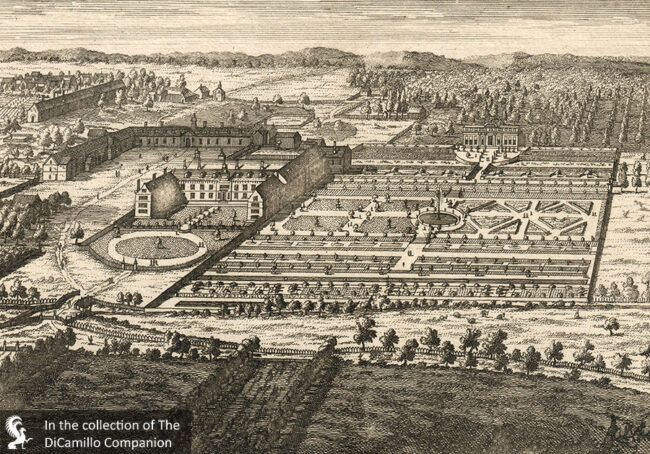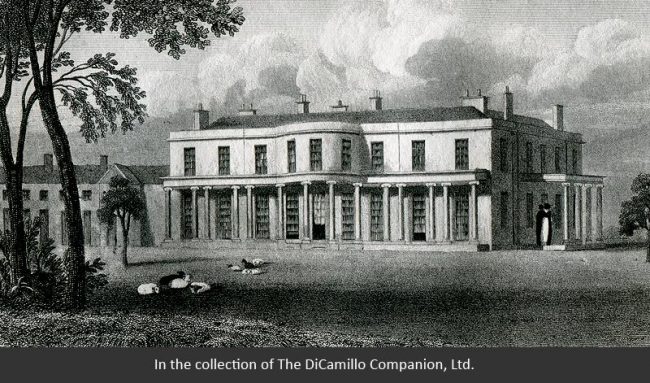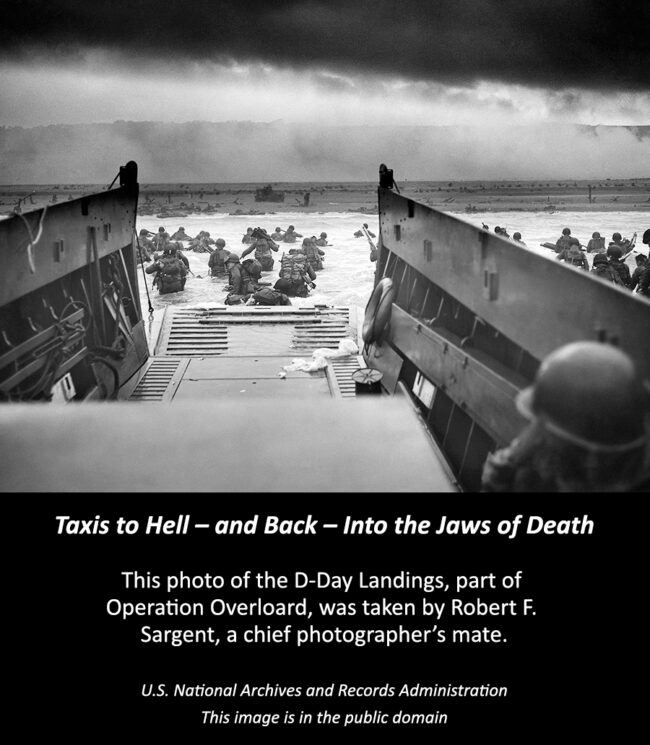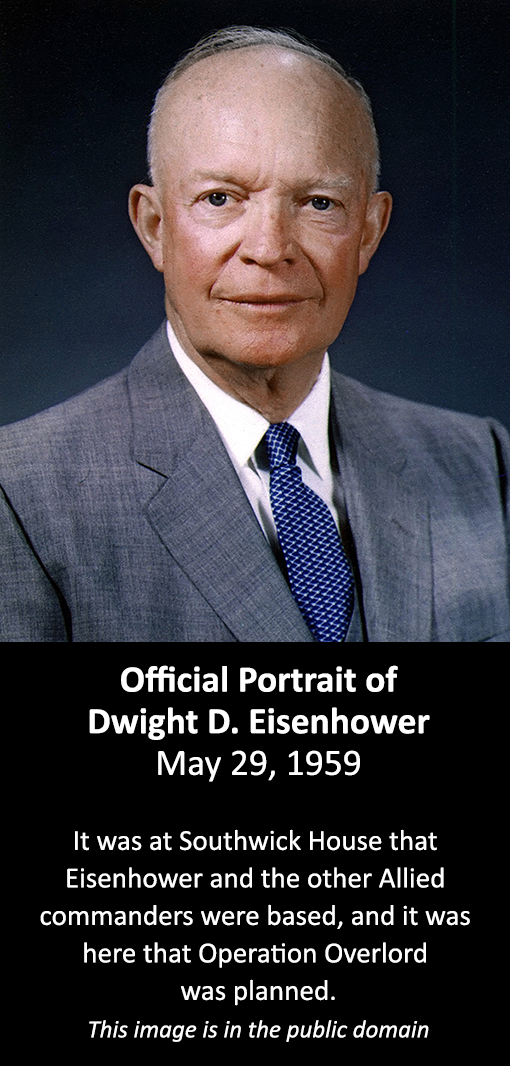
The first house (demolished) from a 1707 bird's eye engraving

An 1829 engraving of the second house (destroyed) from "Neale's Views of Seats"


Earlier Houses: The current house (the third house) replaced an earlier house, the circa 1800 Regency style Southwick Park (the second house; see "Images" section), which was destroyed by fire in 1838. Southwick Park itself replaced a Jacobean house (the first house), built for Colonel Richard Norton and probably demolished in the late 18th or early 19th century. The Jacobean house was built on the remains of a 12th century priory of Augustinian Canons that was sold off as part of the Dissolution of the Monasteries.
Built / Designed For: Thomas Thistlethwayte, who was described by Viscount Palmerston as "a very stupid but respectable young man possessing considerable property near Portsmouth."
House & Family History: The current (third) house is a virtual replica of the second house (which burned in 1838), save for the addition of a third floor and different fenestration. In the first years of World War II the Royal Navy used Southwick House to accommodate overnight pupils of the Royal Navy School of Navigation, HMS “Dryad,” which had been based in the nearby Portsmouth Naval Dockyard. In 1943 HMS “Dryad” was moved into the further reaches of the estate and Southwick House became Supreme Headquarters Allied Expeditionary Force. It was here that the primary Allied commanders were based, including General Eisenhower, Field Marshall Montgomery, and Admiral Ramsay, and it was here that Operation Overlord, the Allied invasion of Europe (the largest seaborne invasion in history), was planned. The map room, which contains the top secret maps for the D-Day landings, is today exactly as it was on June 6, 1944. It is because of its extreme historical importance that this room is Grade I-listed.
Garden & Outbuildings: The 1707 bird's eye view by Kip (see "Images" section) shows the estate and gardens as laid out in the Dutch style by the actor and theater producer Richard Norton in the late 17th century. This layout, of course, was long ago lost, but it's interesting to see how similar the Southwick orangery appears to the famous Chatsworth orangery. Since 2007 the Royal Military Police Museum has been housed in the stableblock of Southwick House. The museum can be visited by appointment.
Architect: Humphry Repton
Date: Early 19th centuryArchitect: James Howell
Date: 1841John Bernard (J.B.) Burke, published under the title of A Visitation of the Seats and Arms of the Noblemen and Gentlemen of Great Britain and Ireland, among other titles: 2.S. Vol. I, p. 209, 1854.
John Preston (J.P.) Neale, published under the title of Views of the Seats of Noblemen and Gentlemen in England, Wales, Scotland, and Ireland, among other titles: Vol. II, 1819.
Title: Biographical Dictionary of British Architects, 1600-1840, A - HARDBACK
Author: Colvin, Howard
Year Published: 2008
Reference: pg. 545
Publisher: New Haven: Yale University Press
ISBN: 9780300125085
Book Type: Hardback
House Listed: Grade II
Park Listed: Not Listed
Past Seat / Home of: SEATED AT FIRST HOUSE: Sir Daniel Norton, 17th century; Colonel Richard Norton, 17th century; Richard Norton, until early 18th century. Robert Thistlethwayte (Thistlethwaite), until 1800. SEATED AT SECOND HOUSE: Thomas Thistlethwayte, 1800-38. SEATED AT THIRD (CURRENT) HOUSE: Thomas Thistlethwayte, 1838-50.
Current Ownership Type: Government
Primary Current Ownership Use: School
Ownership Details: Today the Defence College of Policing and Guarding
House Open to Public: Folly / Outbuildings Only - By Appointment
Phone: 02392-284-372
Email: [email protected]
Website: https://www.rhqrmp.org/rmp_museum.html
Historic Houses Member: No